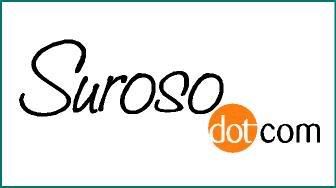Institutional advertising
The primary purpose of advertising is to sell products or services. But sometimes it is designed to do something else: to win an audience over to a point of view. We call such advertising institutional or corporate advertising. It can be national or local; it can address itself to any kind of audience; it can use any medium. In its design it often resembles editorial matter in the newspapers and magazines. An obvious example of institutional advertising is a full-page, mostly copy ad in the Sunday New York Times urging some political action or appealing for funds.
Often such advertising is an exercise in self-praise. It attempts to build a favorable image for its sponsor.
When Wells Fargo Bank in
Image is particularly important among organizations whose products or services are relatively uniform.
If an attempt to sell a product creeps into institutional advertising, it does so noiselessly. A direct-mail piece McDonnell Douglas offers to travel agents to make available to their customers (there is a place on the back panel where agents can stamp their names) tells people how to tell one jetliner from another. A Plane-Watcher's Guide to the World's Great Jetliners shows them all, with "objective" descriptions under each. The DC-9 is described as "Simple and dependable, adaptable and comfortable . . . flown by more than forty airlines around the world." Descriptions of non-McDonnell
But there is no overt attempt to sell McDonnell Douglas planes to anyone (patrons of travel bureaus are not likely buyers) or even to convince people they should buy tickets on airlines using McDonnell Douglas planes.
Institutional advertising can use the same approaches and techniques that product-oriented advertising uses. ". . . Just as advertising disciplines and techniques are transferable in commercial practice, they are also transferable to social marketing activities," says William Weilbacher in Advertising. "If the use of professional advertising counsel is inhibited in social marketing, it is often because the surface dissimilarities of social and commercial problems inhibit a recognition that marketing is marketing, no matter what its metier."'
Related to institutional advertising is advocacy advertising. The difference is that in advocacy advertising the sponsor pushes a point of view that may have nothing to do with selling the product or building an image.
. . Corporations have taken to advocacy advertising because they feel they are not getting a fair shake from what they believe to be a generally hostile press; and because they are convinced that the business world can make significant contributions to public debate on issues of great importance-energy, nuclear power, conservation, environment, taxation, and free enterprise, among others," says Professor Robert Shayon of the University of Pennsylvania Annenberg School of Communications.'
Some state legislatures have drafted laws to restrict this kind of advertising. And the Internal Revenue Service does not regard the advertising as a necessary business expense, although there is some difficulty in distinguishing between advocacy advertising and institutional advertising, which is tax deductible.

